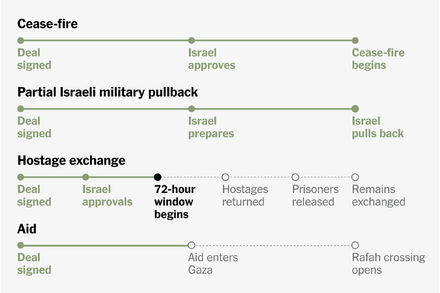
KABUL, Afghanistan – Internet services, including mobile data, began to return across much of Afghanistan in early September 2021, weeks after the Taliban seized control of the country. The restoration followed a period of significant disruption and shutdowns that coincided with the rapid collapse of the Western-backed government and the Taliban’s takeover of major cities, including the capital, Kabul.
The widespread outages had plunged many Afghans into communicative isolation during a period of intense uncertainty and transition. As the Taliban advanced in August 2021, reports emerged of internet and mobile data services being cut in various provinces, either due to security concerns, infrastructure damage, or deliberate actions by various parties involved in the conflict. For many, the internet had been a vital link to the outside world and a source of information.
By the first week of September, monitoring groups and local residents confirmed that connectivity was gradually being restored. Mobile network operators, which had largely ceased or severely limited services, began to resume operations, allowing millions to regain access to online platforms and communication channels.
“Services are restoring in some parts of Kabul and other provinces,” said Alp Toker, director of NetBlocks, a global internet monitoring firm, at the time. “This includes mobile networks. It’s a fragile situation, but at least for now, it seems the internet is being allowed to operate.”
The return of internet access was seen as a significant development, indicating a degree of normalcy re-emerging under the new Taliban administration. During their previous rule in the late 1990s, the Taliban had largely banned modern technology, including the internet, citing religious and moral objections. However, their current approach appears to be more pragmatic, recognizing the internet’s role in modern society and governance.
While the restoration brought relief to many eager to reconnect with family and access information, it also raised questions about potential surveillance and control of online content under the new regime. Observers noted that the Taliban now possessed the infrastructure and potential means to monitor internet usage, contrasting sharply with their isolationist policies of two decades prior.
The renewed connectivity allowed for limited information flow from within Afghanistan, offering glimpses into daily life and the unfolding humanitarian situation. However, the stability and long-term implications of internet access under the Taliban remained a subject of ongoing international concern and scrutiny.
Source: Read the original article here.





